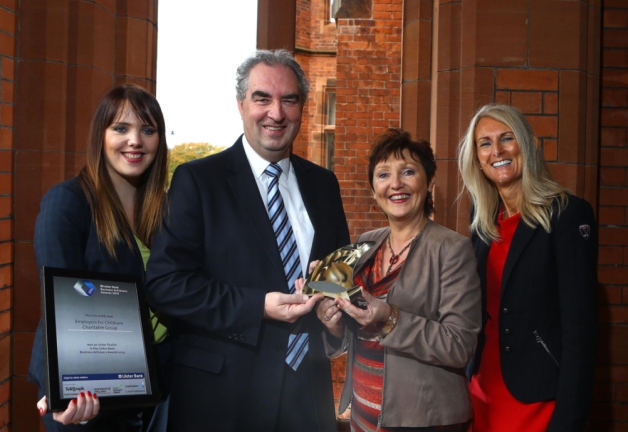Home
About Us
Page 2
Unlike other federal loans though, the Federal Perkins Loan is made available to the student through the financial aid office of their institution. This means that rather than borrowing from the government or a commercial lender, the student is lending from the school and the loan is made with government funds. While it was made with government funds, the student still pays back the school. Schools can provide the students the money by issuing a cash or check or applying the sum directly to the student account at the school.
|
|
To be eligible for the Federal Perkins Loan Program the student is required to be a United States citizen or an eligible non-citizen (this means those with an Alien Registration Card or those with a Arrival Departure Record with specific designations). The student must also be accepted for enrollment into an eligible institution of higher education.
Depending on the need of the student and how much they are assigned designated by the institution, a Federal Perkins Loan limit is at $4,000 for undergraduate students that are attending the institution and $6,000 for graduate students. This is set, unless reasonable study abroad costs exceed the cost of attendance at the home institution, at that point the student can receive up to 20% more to pay for the extra cost that may be encountered in that particular situation.
As long as the student maintains half-time status they have nine months after the date that they either graduate, drop below half-time student status or leave school before they need to start thinking about the repayment of their student loans. This period that the student gets before having to start paying back their loan is called the grace period. Students may be allowed up to 10 years to repay their Federal Perkins Loan.
Financing Your Education - Federal Perkins Loans
Back to Page 1
About The Author The author edits a site featuring Educational Grants and another Government Grants site providing info on every grant the federal government offers. Michael Saunders has an MBA from the Stanford Graduate School of Business. |
Additional Resources
category - Education Grants
What Are Title IV Programs and How Can They Help You Pay for College
Solar Decathlon and Energy Efficiency and Renewable Energy Showcase Event
Student Loans Available Directly from the Federal Government
Tribal Colleges Research Grants Program
Follow @topgovtgrant
Social Entrepreneurship
Spotlight
Childcare Charitable Group Named Top Social Enterprise

Employers For Childcare Charitable Group (EFCG), a Lisburn-based charity, has been crowned top Social Enterprise at the Ulster Final of 2014’s Ulster Bank Business Achievers Awards. EFCG seeks to “make it easier for parents with dependent children to get into work and to stay in work.”
